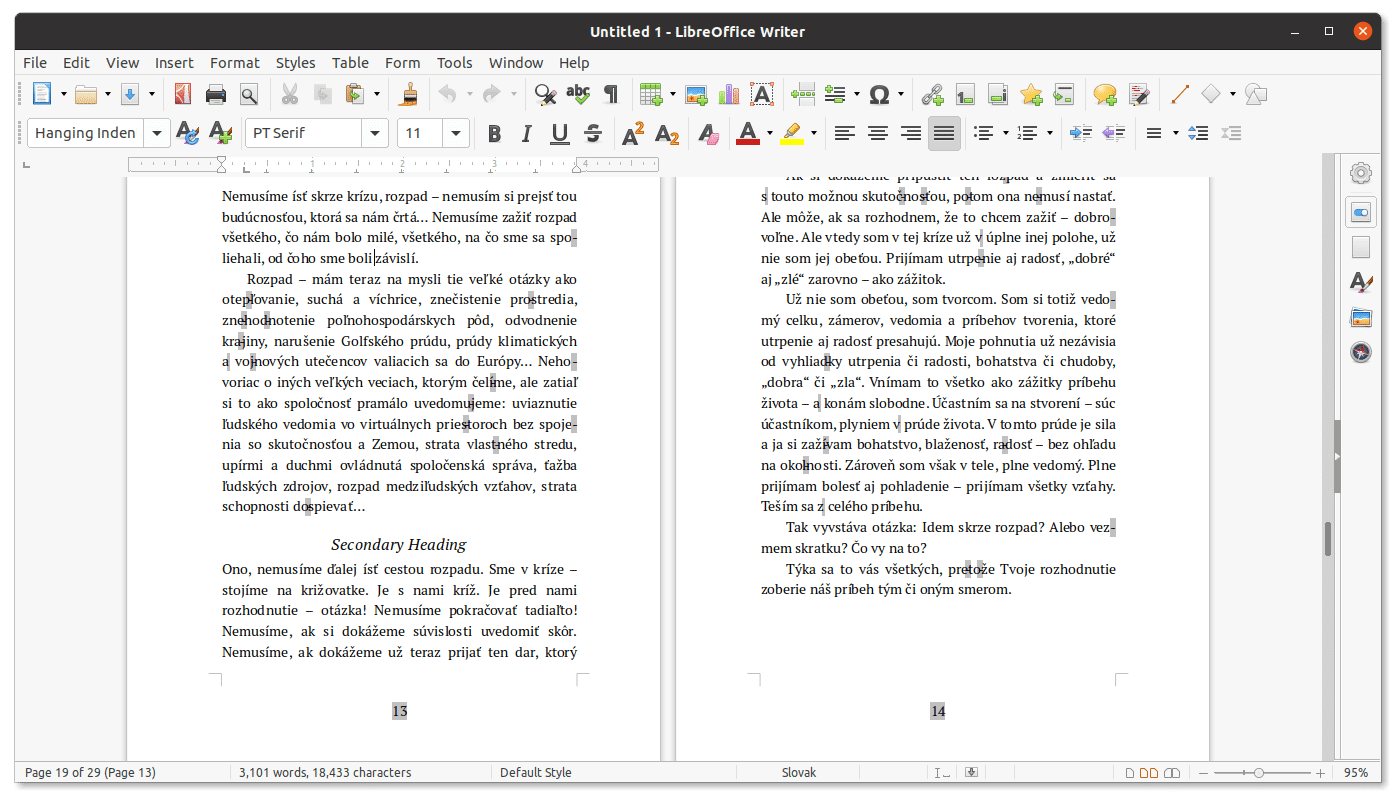Here’s the American English translation of the provided text:
LibreOffice has experienced significant growth in recent weeks, with over a million downloads each week since the launch of its version 25.2. This increase in adoption is not an isolated incident, but part of a broader trend where users and companies are seeking alternatives to subscription models and cloud solutions promoted by major tech companies.
Rejection of Subscription and Cloud Models
The rise in downloads for LibreOffice is a response to growing dissatisfaction with the strategies of companies like Microsoft and Google, which have focused on recurring payment models and cloud dependence. Tools like Microsoft 365 and Google Docs have largely eliminated one-time purchase options, forcing users into permanent subscriptions.
According to Jason Wong, Vice President and Analyst at Gartner, “customers looking to maintain their systems locally are migrating to more open options, as Microsoft and Google have concentrated their efforts on cloud solutions.” This preference not only responds to the need to reduce long-term costs but also to concerns about privacy and technological sovereignty.
The subscription model, while allowing access to always up-to-date software, represents a greater cumulative expense over time. Many companies and public administrations are prioritizing independence from large corporations, which has driven the adoption of open-source tools like LibreOffice.
A Business Strategy Adapted to Demand
To meet the needs of the corporate sector, The Document Foundation has developed a strategy that combines its traditional Community Edition, free and open-source, with new options targeted at businesses and governments. These versions include technical support, specialized training, and additional services that facilitate implementation in professional environments.
According to Mike Saunders, a board member of The Document Foundation, LibreOffice has more than 200 million users worldwide, although the actual number could be higher due to the lack of user tracking for privacy reasons.
One of the most notable examples of adoption in the government sector is the recent migration in the German state of Schleswig-Holstein, where over 30,000 machines have replaced Microsoft Office with LibreOffice. This move is part of a broader strategy to reduce dependency on proprietary solutions and ensure control over data.
Alternatives to the SaaS Model: Beyond LibreOffice
The growth of LibreOffice is part of a broader trend in which users and companies are seeking alternatives to software as a service (SaaS) models pushed by large companies. Adobe, for example, has been one of the companies that has heavily invested in this model, eliminating the option to purchase one-time licenses and forcing users to pay monthly subscriptions.
There are various alternatives that allow users to avoid these recurring payment models:
- Alternatives to Microsoft 365 and Google Docs:
- ONLYOFFICE: An office suite compatible with Microsoft Office, available in both cloud and local versions.
- WPS Office: A solution with a Microsoft Office-like interface, available under a one-time payment model.
- Collabora Office: An optimized version of LibreOffice with enterprise support.
- Alternatives to Adobe Photoshop:
- GIMP: Open-source software with advanced tools for image editing.
- Affinity Photo: A one-time payment option with professional features.
- Krita: Specifically designed for illustration and digital painting.
- Alternatives to Adobe Premiere Pro:
- DaVinci Resolve: A free version with advanced tools for video editing.
- Kdenlive: Open-source editor with multiple options for professional editing.
- Shotcut: A free option with advanced functionalities.
- Alternatives to Adobe Illustrator:
- Inkscape: A vector graphic editor with support for formats like SVG and AI.
- Affinity Designer: A one-time payment option with tools comparable to Illustrator.
- Alternatives to Adobe InDesign:
- Scribus: Free software for layout and editorial design.
- Affinity Publisher: A one-time payment alternative with a professional focus.
The popularity of these tools is on the rise, as they allow users to maintain control over their software and data without relying on external servers or mandatory subscriptions.
LibreOffice and the Debate on Artificial Intelligence
Another factor influencing the growth of LibreOffice is the concern about the use of artificial intelligence in office software. According to Mike Saunders, “LibreOffice users do not want artificial intelligence interfering with their work.” Although The Document Foundation does not plan to natively integrate artificial intelligence into the suite, it has encouraged developers to create extensions that utilize it responsibly.
Regarding operating systems, 85% of LibreOffice users are on Windows, followed by macOS and Linux. However, the exact number of users on Linux is difficult to determine, as many distributions include LibreOffice by default.
The Future of Free Software and Technological Independence
The success of LibreOffice and the growth of other alternatives to proprietary software reflect a shift in mindset among users and companies. More and more organizations are prioritizing technological autonomy, privacy, and the elimination of recurring costs, which has driven the adoption of open-source tools.
This phenomenon indicates that free software is not only a viable alternative but is gaining ground against the business models of major tech corporations. As more companies and governments seek flexible and accessible solutions, the future of open source appears more promising than ever.

